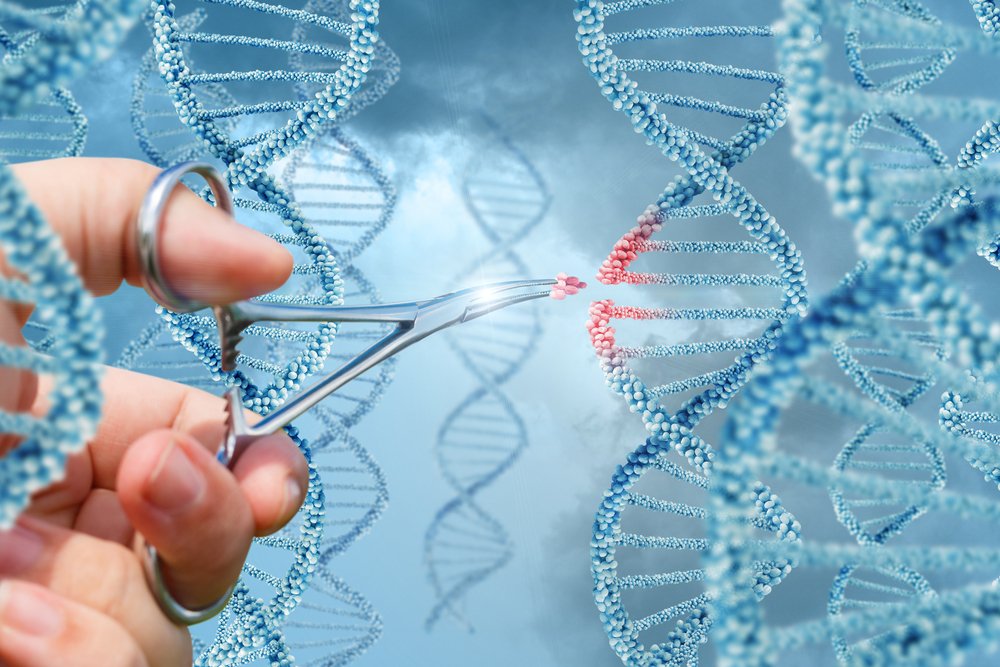Nerve Fibers’ Thickness Linked to the Biology of Angelman Syndrome

Scientists have shown that thinner-than-normal nerve cell projections (axons) are involved in Angelman syndrome (AS) disease mechanism.
The study, “Decreased Axon Caliber Underlies Loss of Fiber Tract Integrity, Disproportional Reductions in White Matter Volume, and Microcephaly in Angelman Syndrome Model Mice,” was funded by the Angelman Syndrome Foundation. It was published in The Journal of Neuroscience.
People with AS appear normal at birth, but often exhibit noticeable developmental delays by 8 to 12 months of age, including a smaller brain and head size (microcephaly) than normal.
It has been established that AS can result from loss of function of the maternally inherited UBE3A gene, but how this genetic modification affects brain growth requires further clarification.
With this in mind, a team of researchers from the University of North Carolina examined the brain growth of AS mice after birth and compared their results with control animals. Note that the AS mice had in their genetic composition a null maternally inherited UBE3A gene. (The study did not speccify how many mice were used.)
Researchers reported that although AS mice were born with normal sized brains, their brains developed microcephaly by the time they were juveniles. The reduced brain size remained into adulthood, as happens with AS patients.
To shed additional light on how brain development is influenced by loss of maternal UBE3A, the team performed a magnetic resonance imaging (MRI)-based analysis on the mice’s brains.
They found there was a large reduction in the amount of white matter and this phenomenon was considered responsible for the majority of the microcephaly observed in AS mice.
Brain tissue is made up of white and gray matter. White matter consists of nerve cell projections, known as axons, that connect distinct parts of gray matter. Axon length and condition affects the way the brain processes information.
In addition, researchers revealed that axons in AS mice were thinner than the ones in non-AS mice. This was associated with slowed nerve conduction in the experimental group and might play a role in the motor dysfunction often observed in individuals with AS.
Further study is needed to understand what triggers the reduction in axonal diameter and its impact on disease symptoms, researchers said.
Nevertheless, with this study scientists demonstrate that white matter abnormalities are characteristic of the adult AS brain and that “these abnormalities are easily detected by standard structural neuroimaging,” the team wrote.






